SilverStone Strider Titanium ST1500-TI PSU Review
Why you can trust Tom's Hardware
Transient Response Tests
Advanced Transient Response Tests
For details on our transient response testing, please click here.
Ιn these tests, we monitor the ST1500-TI's response in several scenarios. First, a transient load (10A at +12V, 5A at 5V, 5A at 3.3V, and 0.5A at 5VSB) is applied for 200ms as the PSU works at 20 percent load. In the second scenario, it's hit by the same transient load while operating at 50 percent load.
In the next sets of tests, we increase the transient load on the major rails with a new configuration: 15A at +12V, 6A at 5V, 6A at 3.3V, and 0.5A at 5VSB. We also increase the load-changing repetition rate from 5 Hz (200ms) to 50 Hz (20ms). Again, this runs with the PSU operating at 20 and 50 percent load.
The last tests are even tougher. Although we keep the same loads, the load-changing repetition rate rises to 1 kHz (1ms).
In all of the tests, we use an oscilloscope to measure the voltage drops caused by the transient load. The voltages should remain within the ATX specification's regulation limits.
These tests are crucial because they simulate the transient loads a PSU is likely to handle (such as booting a RAID array or an instant 100 percent load of CPU/GPUs). We call these "Advanced Transient Response Tests," and they are designed to be very tough to master, especially for a PSU with a capacity of less than 500W.
Advanced Transient Response at 20 Percent – 200ms
| Voltage | Before | After | Change | Pass/Fail |
|---|---|---|---|---|
| 12V | 12.069V | 12.008V | 0.51% | Pass |
| 5V | 5.083V | 4.988V | 1.87% | Pass |
| 3.3V | 3.339V | 3.206V | 3.98% | Pass |
| 5VSB | 5.040V | 5.000V | 0.79% | Pass |
Advanced Transient Response at 20 Percent – 20ms
| Voltage | Before | After | Change | Pass/Fail |
|---|---|---|---|---|
| 12V | 12.068V | 11.967V | 0.84% | Pass |
| 5V | 5.082V | 4.974V | 2.13% | Pass |
| 3.3V | 3.339V | 3.190V | 4.46% | Pass |
| 5VSB | 5.038V | 4.962V | 1.51% | Pass |
Advanced Transient Response at 20 Percent – 1ms
| Voltage | Before | After | Change | Pass/Fail |
|---|---|---|---|---|
| 12V | 12.068V | 11.980V | 0.73% | Pass |
| 5V | 5.083V | 4.980V | 2.03% | Pass |
| 3.3V | 3.339V | 3.196V | 4.28% | Pass |
| 5VSB | 5.040V | 4.989V | 1.01% | Pass |
Advanced Transient Response at 50 Percent – 200ms
| Voltage | Before | After | Change | Pass/Fail |
|---|---|---|---|---|
| 12V | 12.003V | 11.874V | 1.07% | Pass |
| 5V | 5.050V | 4.960V | 1.78% | Pass |
| 3.3V | 3.305V | 3.178V | 3.84% | Pass |
| 5VSB | 4.985V | 4.932V | 1.06% | Pass |
Advanced Transient Response at 50 Percent – 20ms
| Voltage | Before | After | Change | Pass/Fail |
|---|---|---|---|---|
| 12V | 12.003V | 11.922V | 0.67% | Pass |
| 5V | 5.050V | 4.951V | 1.96% | Pass |
| 3.3V | 3.304V | 3.163V | 4.27% | Pass |
| 5VSB | 4.985V | 4.916V | 1.38% | Pass |
Advanced Transient Response at 50 Percent – 1ms
| Voltage | Before | After | Change | Pass/Fail |
|---|---|---|---|---|
| 12V | 12.004V | 11.919V | 0.71% | Pass |
| 5V | 5.049V | 4.950V | 1.96% | Pass |
| 3.3V | 3.305V | 3.166V | 4.21% | Pass |
| 5VSB | 4.985V | 4.938V | 0.94% | Pass |
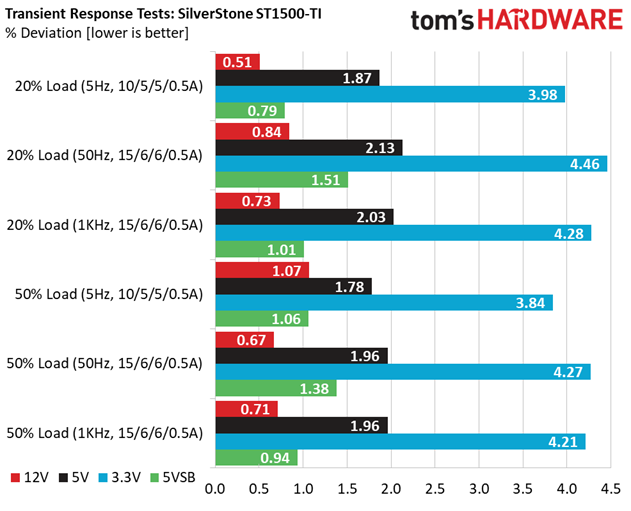
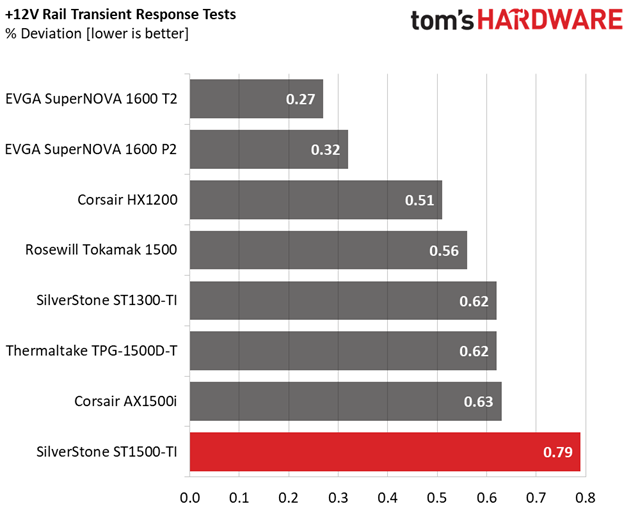
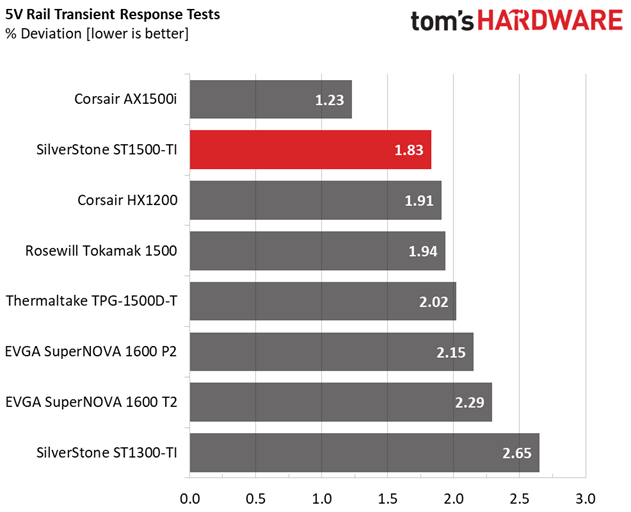
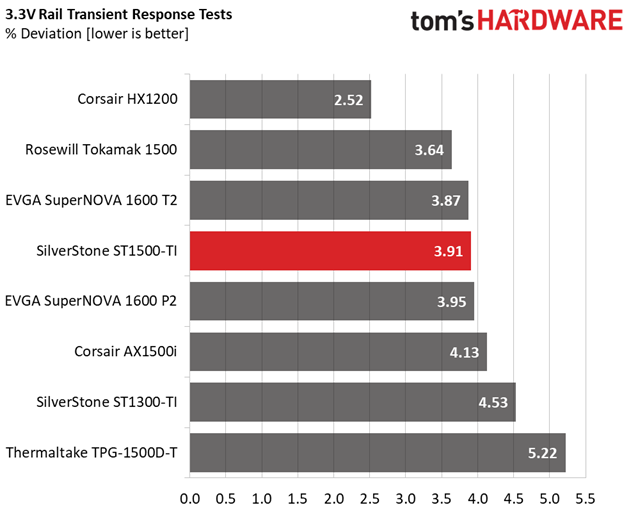
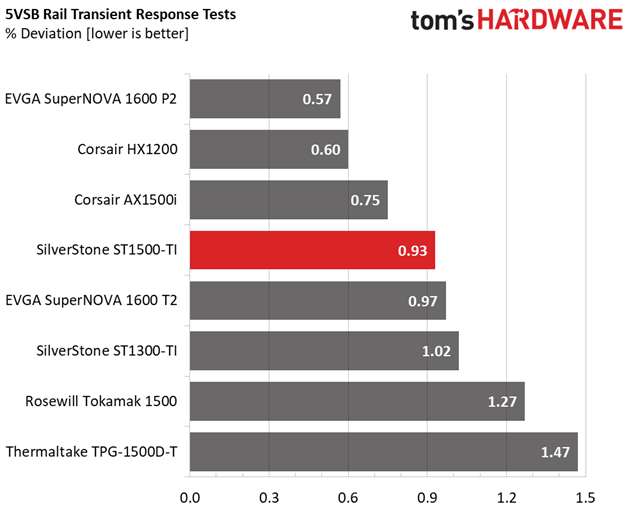
As expected, the +12V rail's transient response is pretty good. The same applies to the 5V and 5VSB rails. The 3.3V rail passes all of our tests successfully. However, it registers high deviations. It should ideally be within 3% in all tests.
Get Tom's Hardware's best news and in-depth reviews, straight to your inbox.
We do notice strange behavior from the +12V rail in our "50% Load - 200ms" test. After running the test several times and seeing the same result, it's pretty clear that there's a weird ringing (oscillation) once the transient load is applied. The voltage drop isn't huge, but this voltage "ringing" will apply high stress to the system's components.
Here are the oscilloscope screenshots we took during Advanced Transient Response Testing:
Transient Response At 20 Percent Load – 200ms
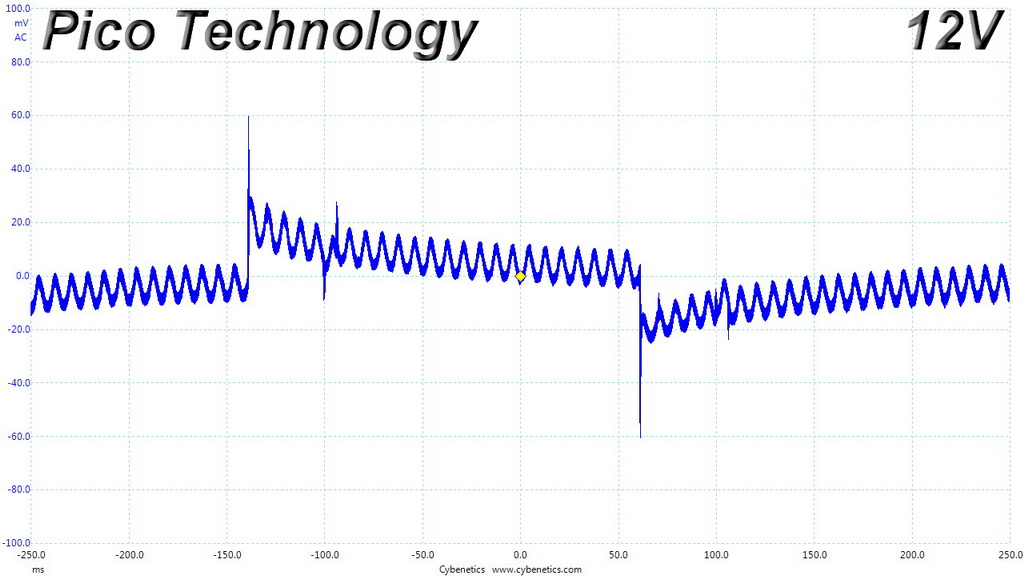
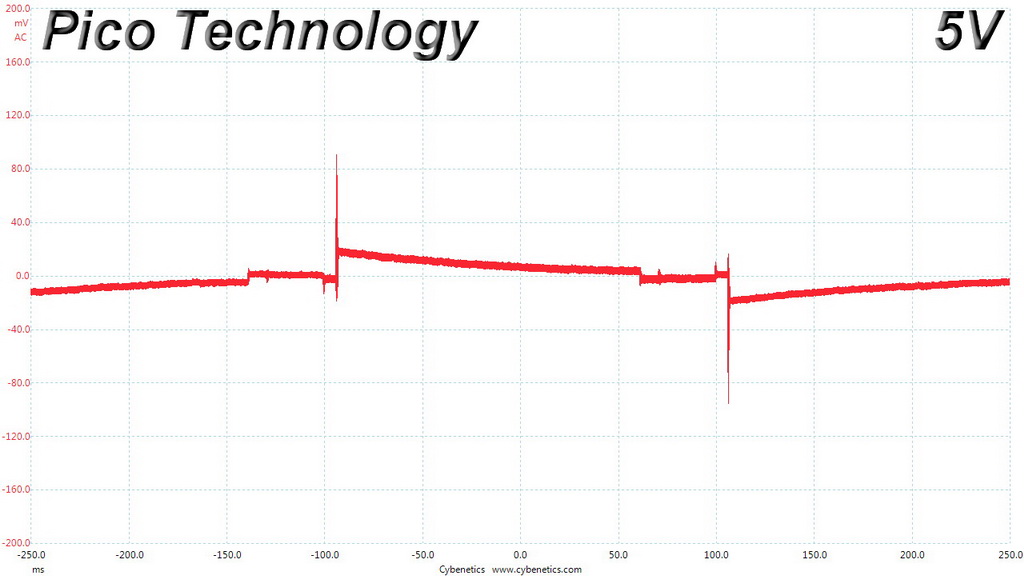
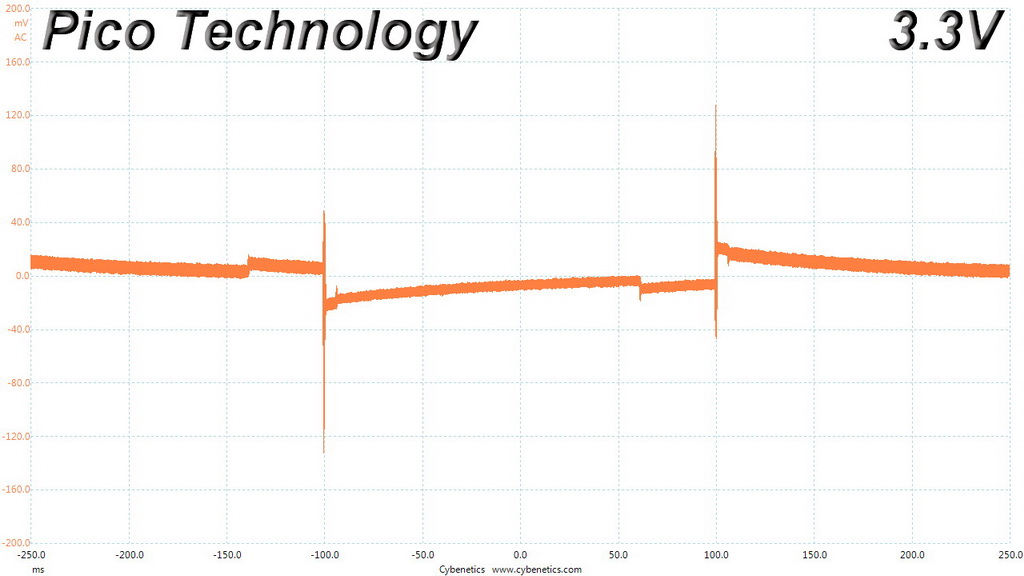
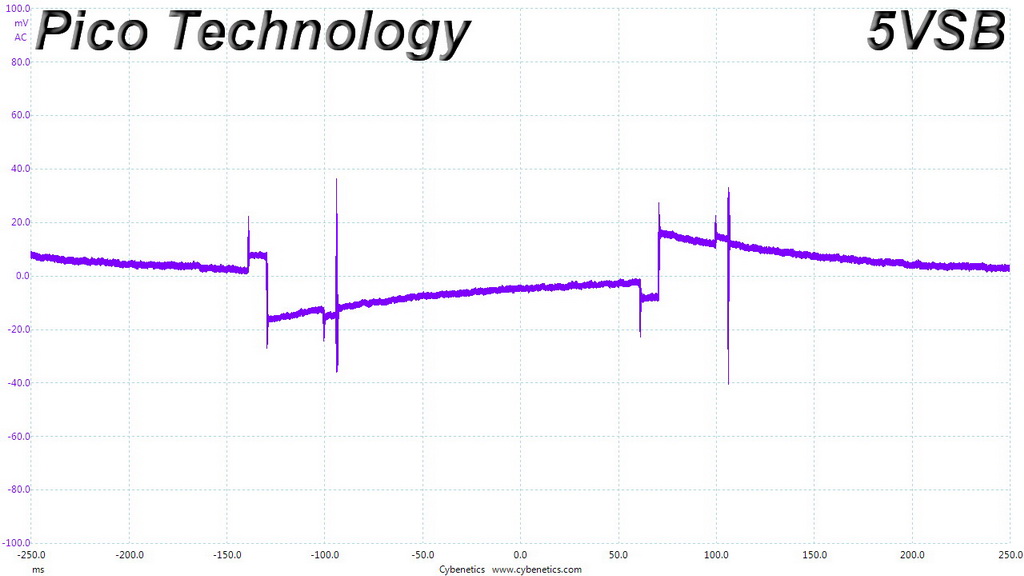
Transient Response At 20 Percent Load – 20ms
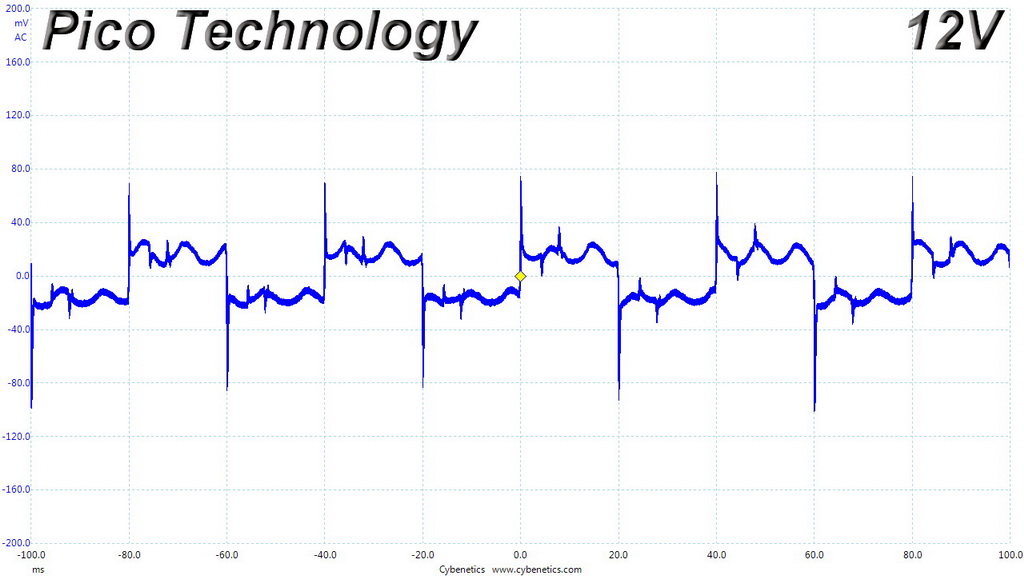
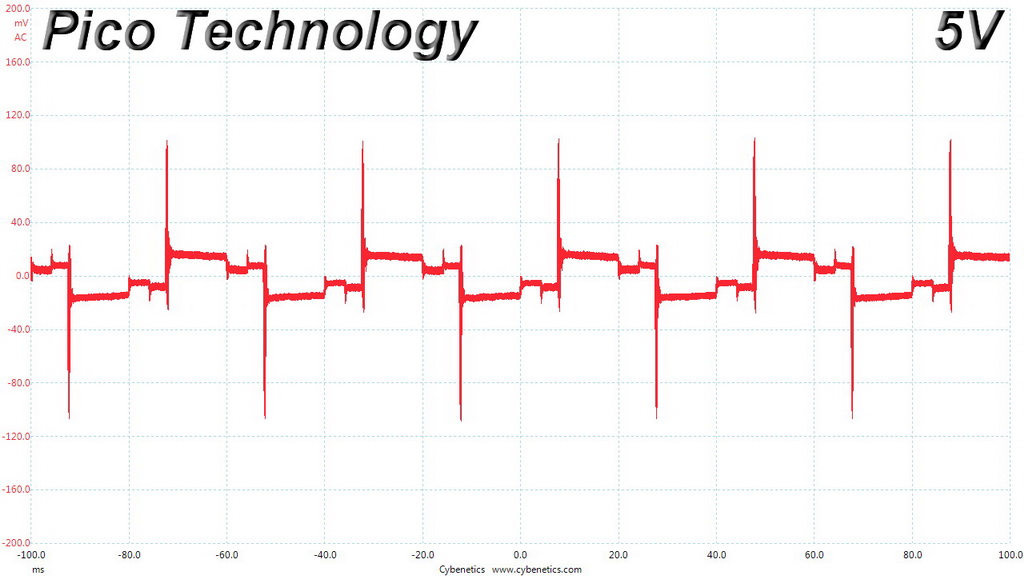
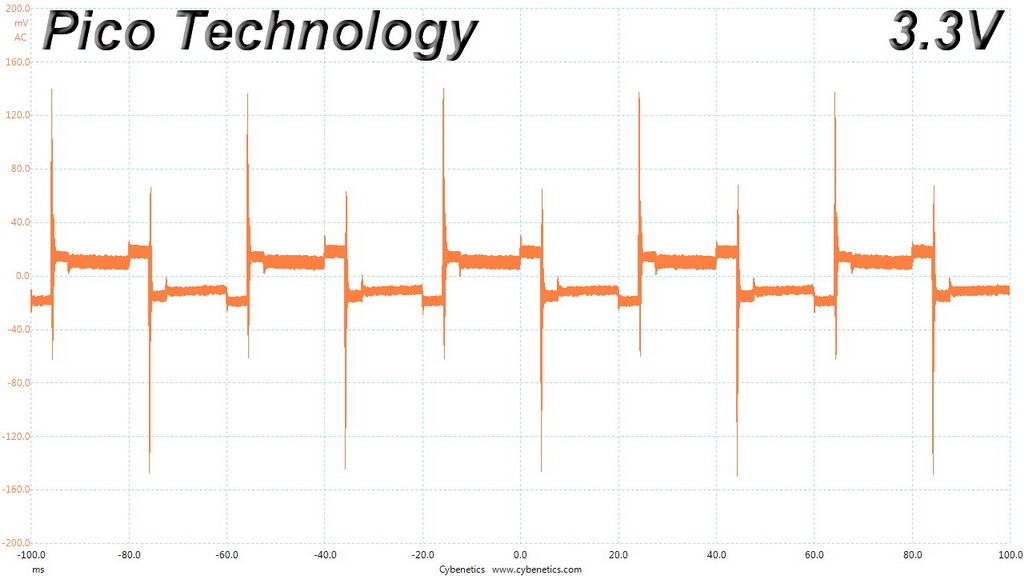
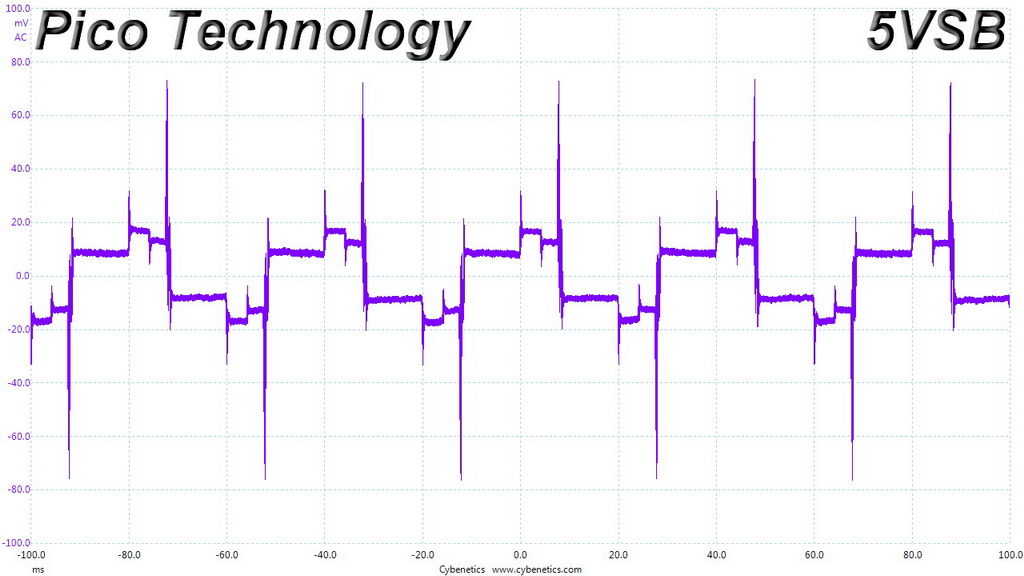
Transient Response At 20 Percent Load – 1ms
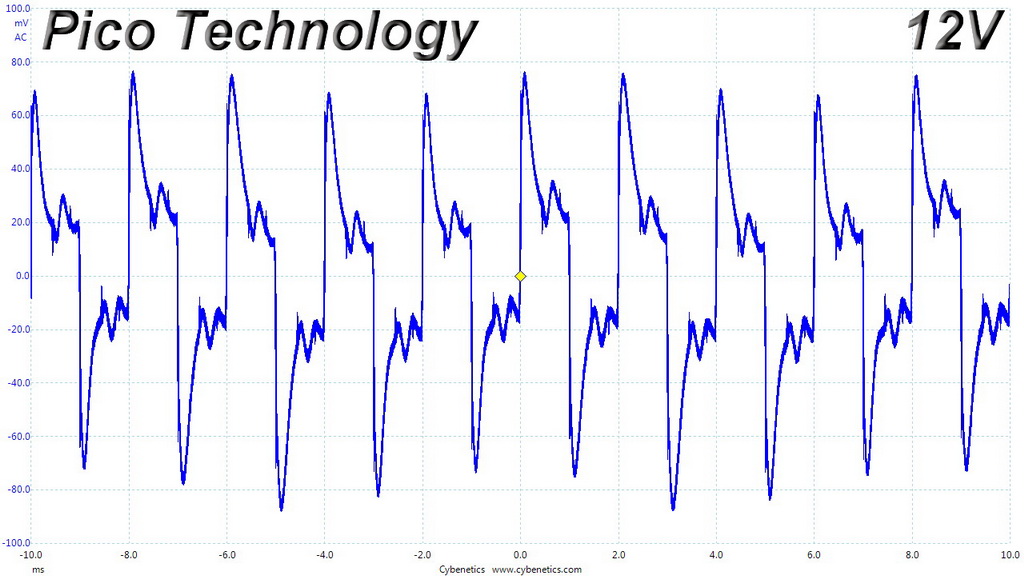
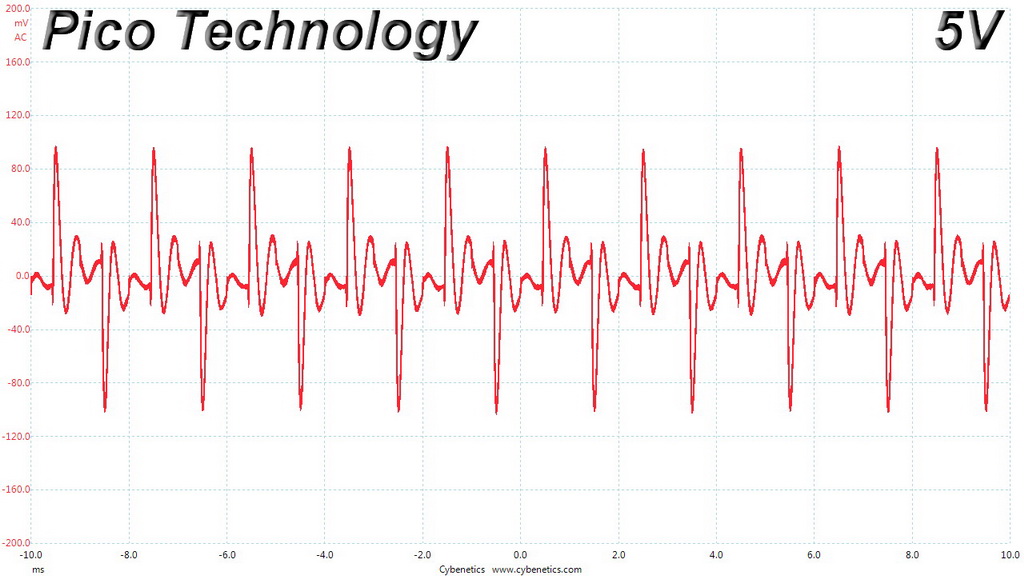
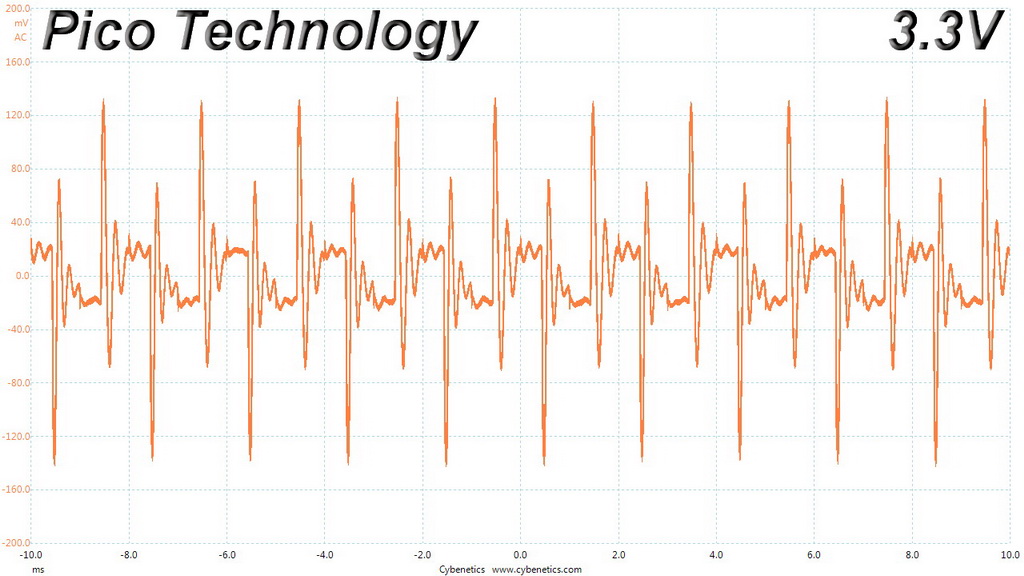
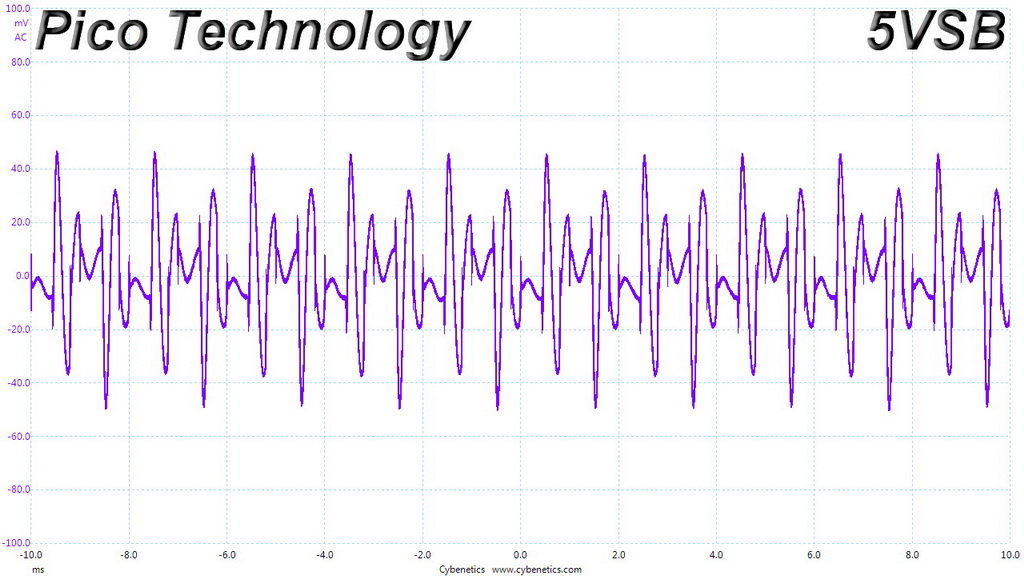
Transient Response At 50 Percent Load – 200ms
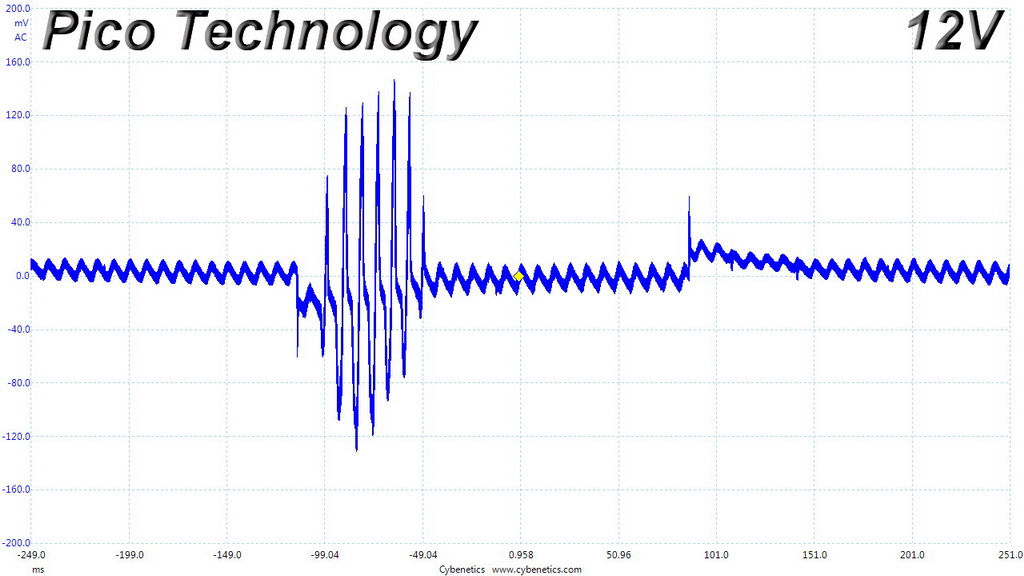
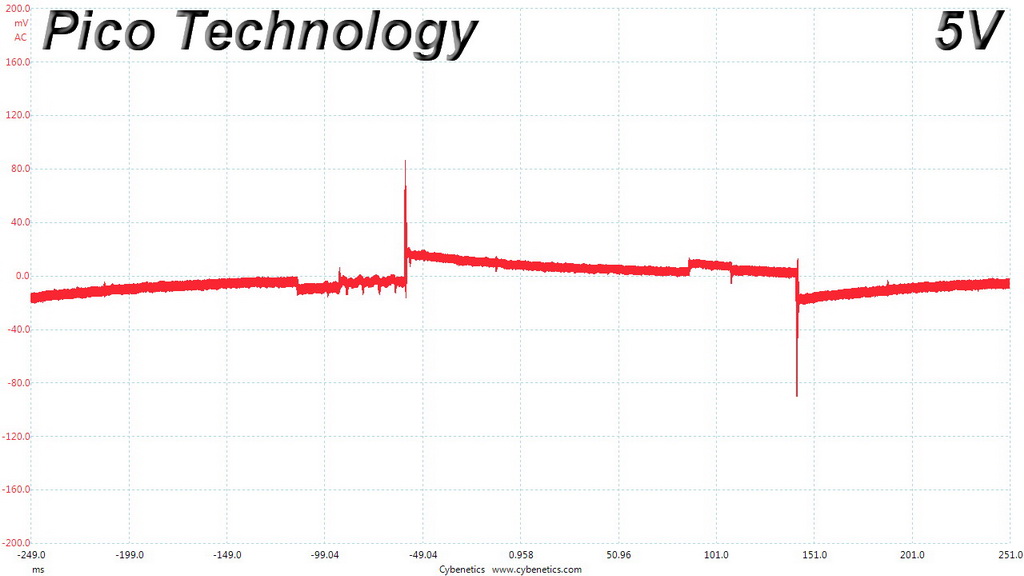
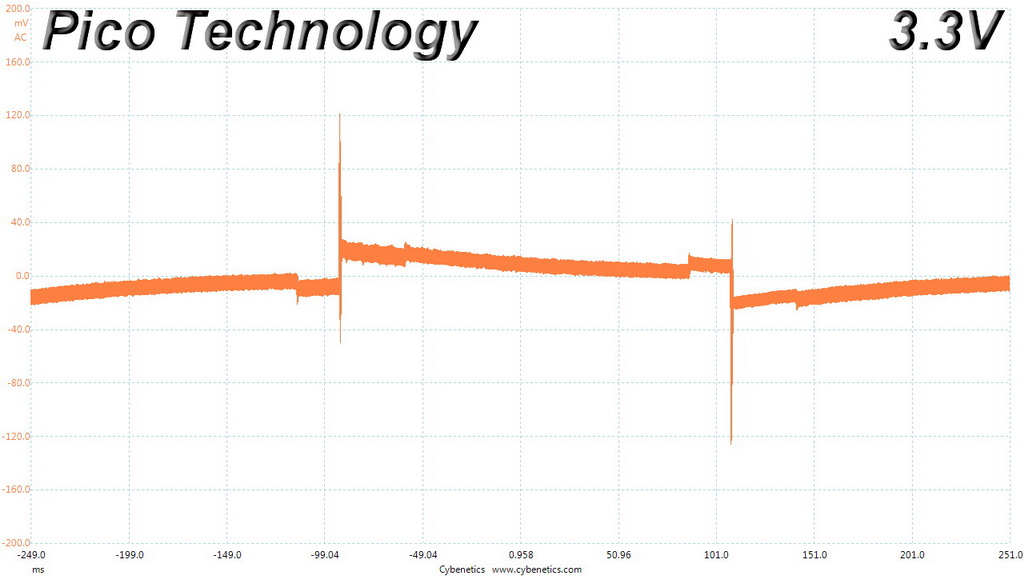
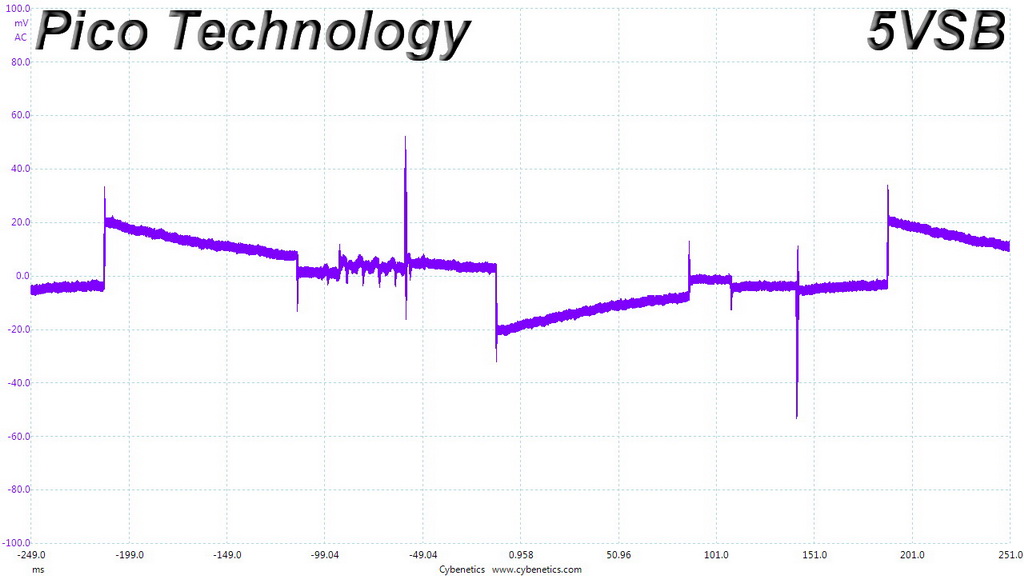
Transient Response At 50 Percent Load – 20ms
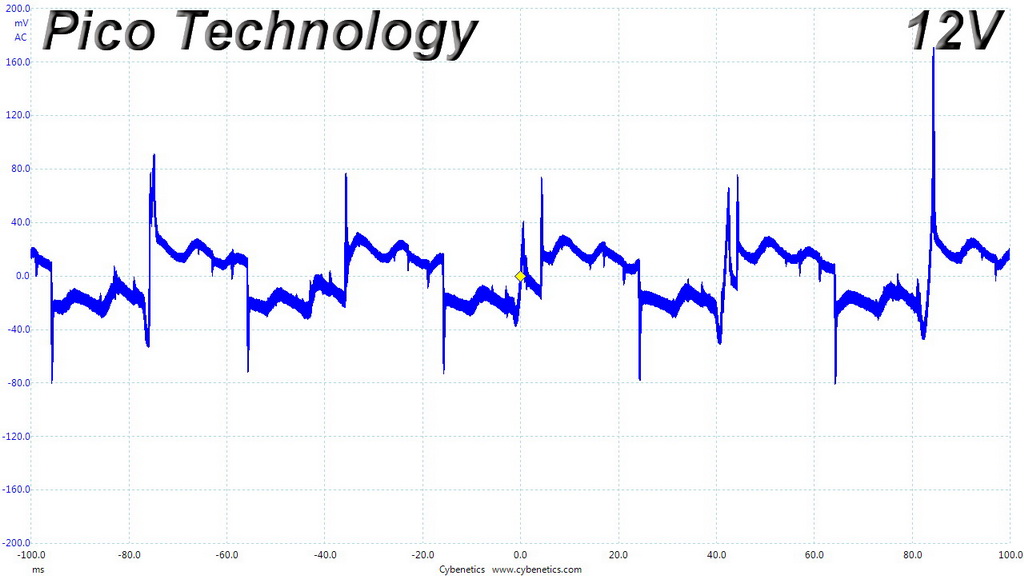
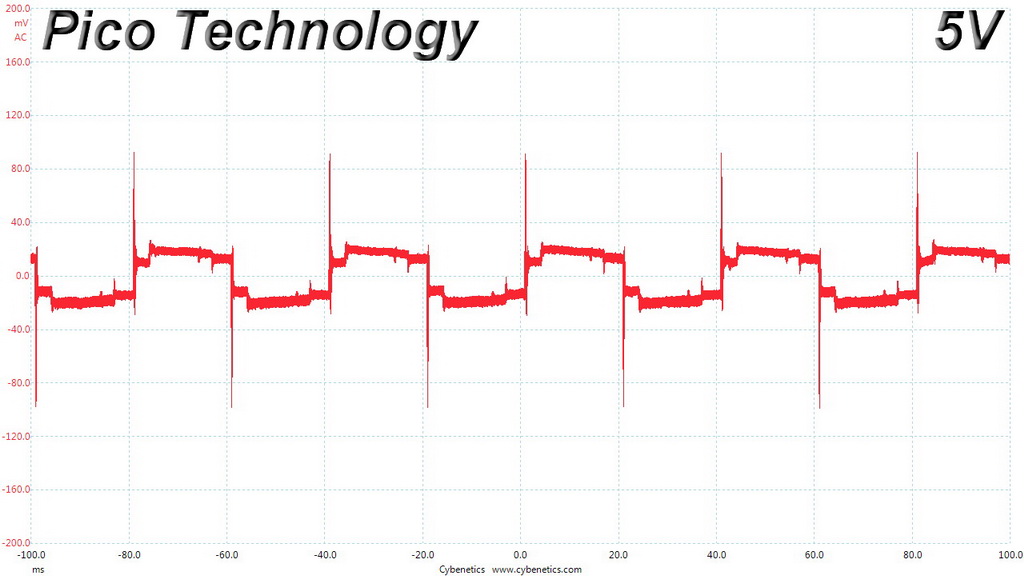
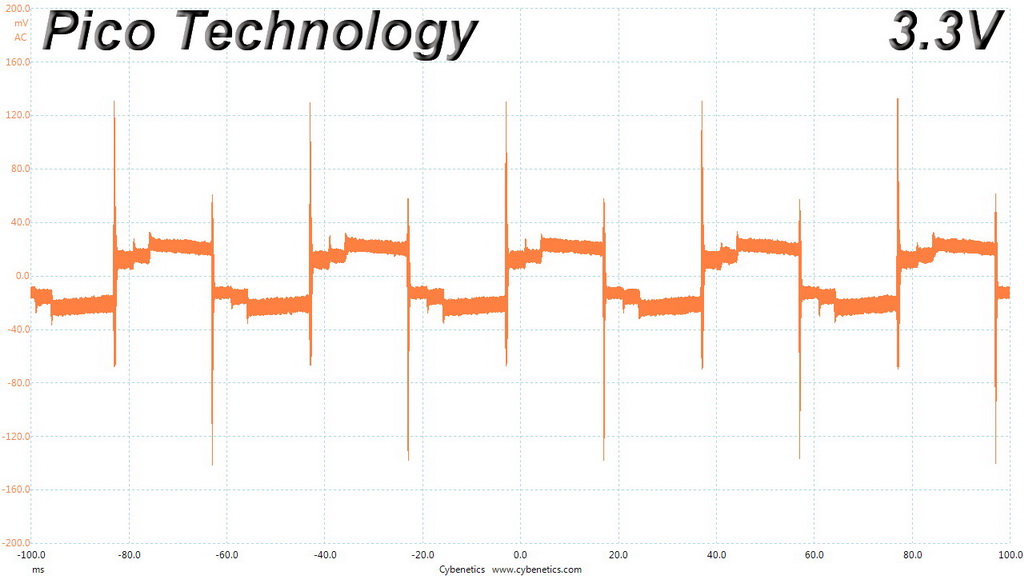
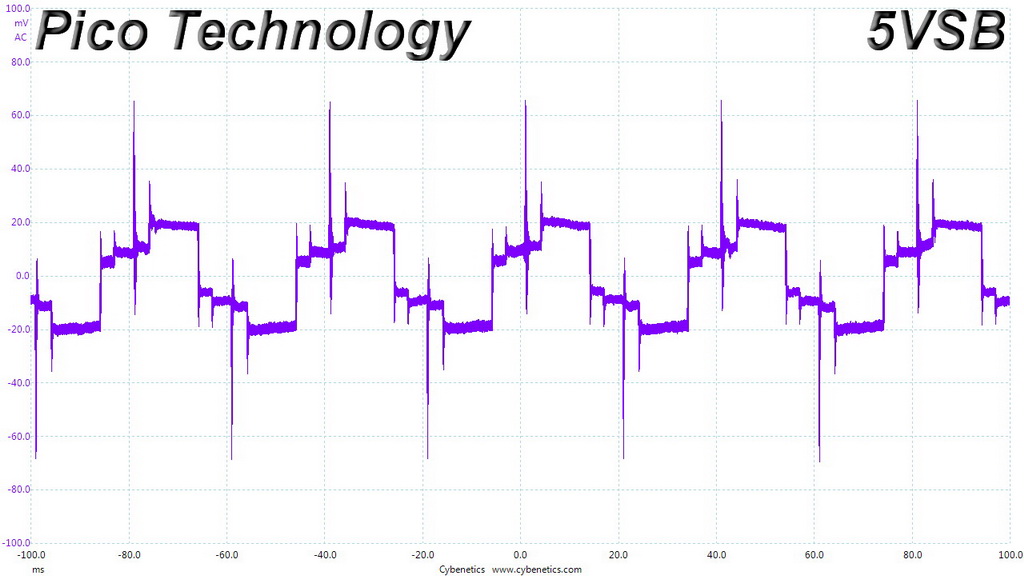
Transient Response At 50 Percent Load – 1ms
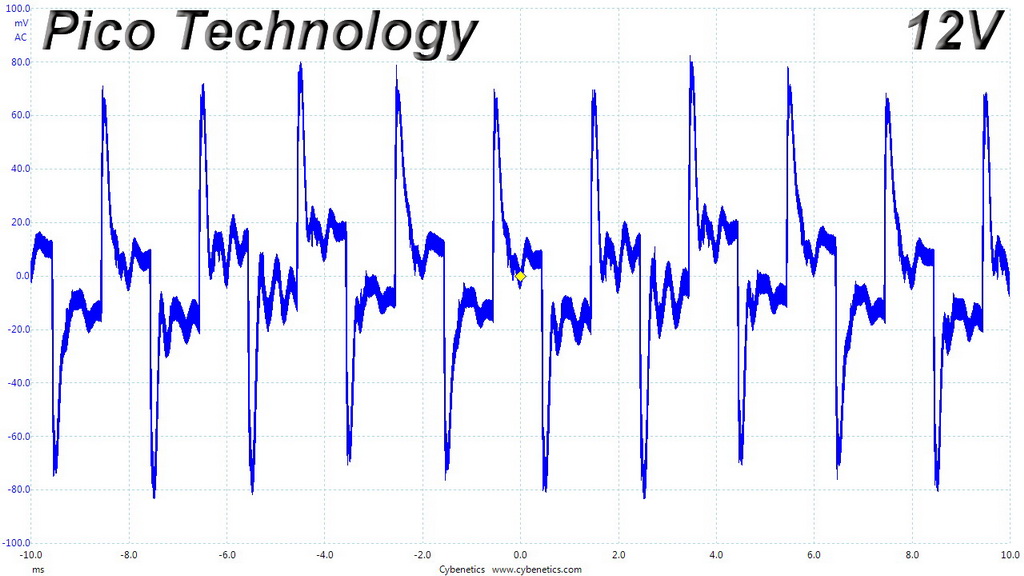
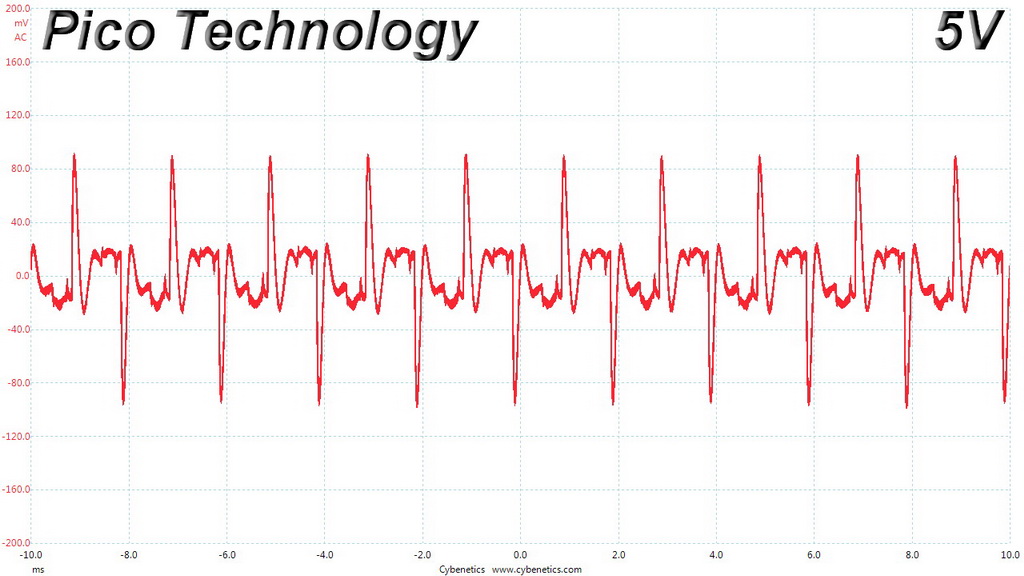
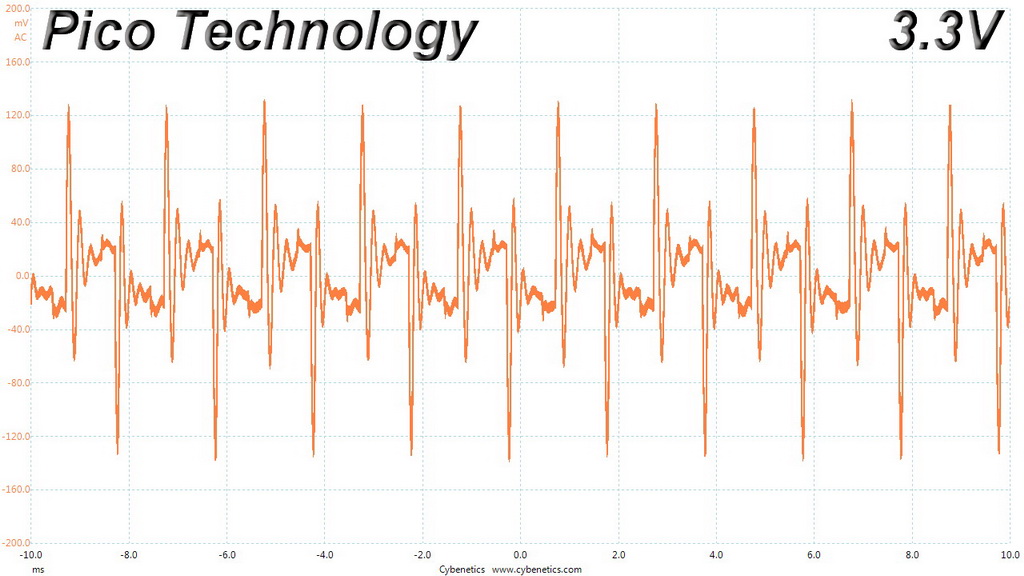
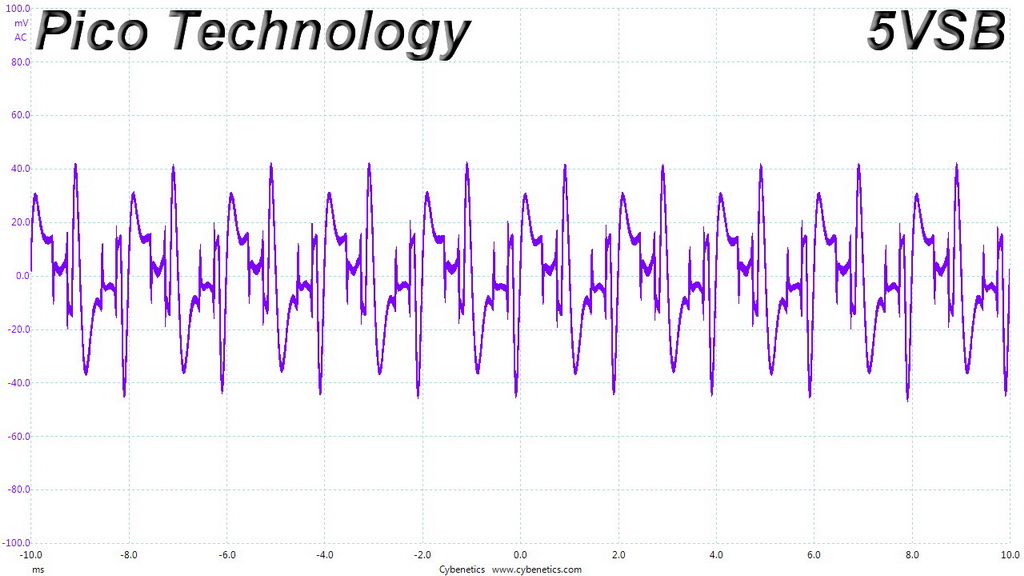
Turn-On Transient Tests
In the next set of tests, we measured the ST1500-TI's response in simpler transient load scenarios—during its power-on phase.
For our first measurement, we turned the ST1500-TI off, dialed in the maximum current the 5VSB rail could output, and switched the PSU back on. In the second test, we dialed the maximum load the +12V rail could handle and started the 1500W supply while it was in standby mode. In the last test, while the PSU was completely switched off (we cut off the power or switched the PSU off), we dialed the maximum load the +12V rail could handle before switching it back on from the loader and restoring power. The ATX specification states that recorded spikes on all rails should not exceed 10 percent of their nominal values (+10 percent for 12V is 13.2V, and 5.5 V for 5V).
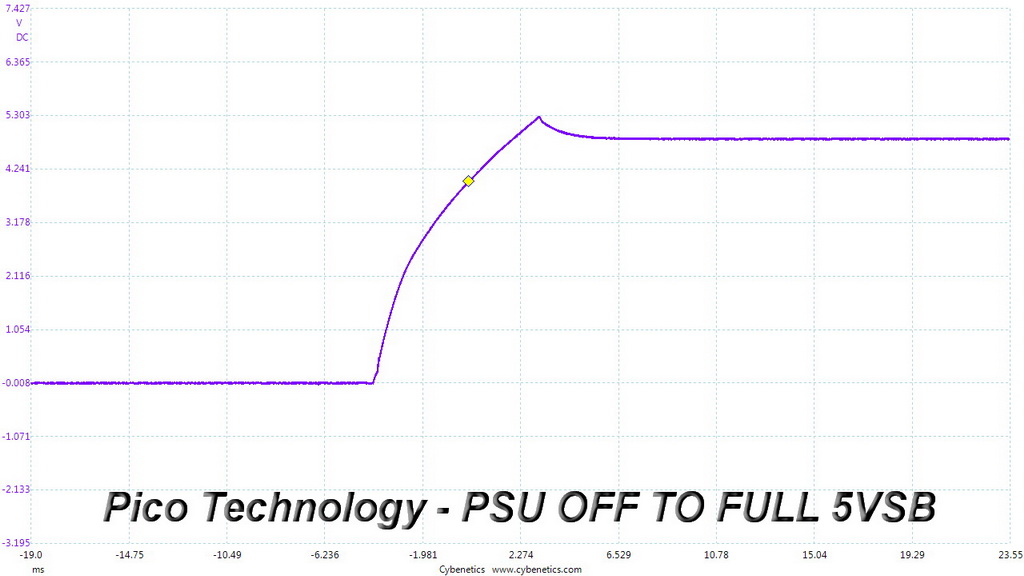
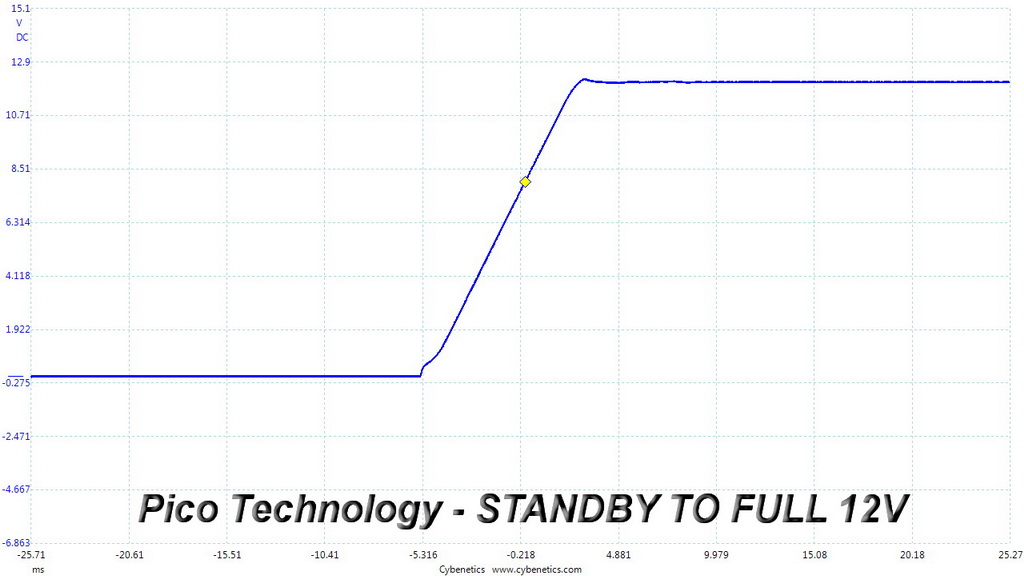
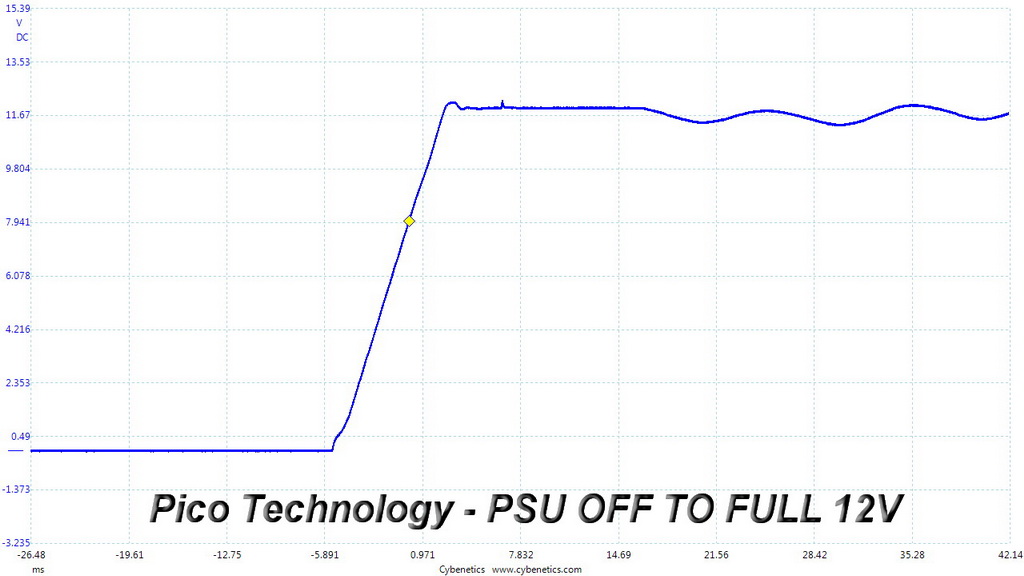
There is a notable voltage overshoot at 5VSB, while the waveform is smooth during our second test. In the final test, a tiny spike occurs and the rail needs some time until it settles in to its nominal voltage.
MORE: Best Power Supplies
MORE: How We Test Power Supplies
MORE: All Power Supply Content
Current page: Transient Response Tests
Prev Page Cross-Load Tests & Infrared Images Next Page Ripple Measurements
Aris Mpitziopoulos is a contributing editor at Tom's Hardware, covering PSUs.
-
berezini.2013 This is the season to be mining. Its winter and those that do mine should be doing so to keep the house warm during peak winter season if not to earn extra cash to go under the tree then to at least help lower their heating bill. -evil grin- actually im trying to promote people to buy more graphics cards because when all this fake coin crashes it will be raining graphics cards cheap everywhere!Reply -
jihtu Yeah, when it crashes - who knows, maybe it only crashes in 10 years, maybe it wont? Dont be so cynicalReply -
wesley_agina I had not noticed the absence of a power switch, someone could have sent an uncompleted one, otherwise looks great.Reply -
berezini.2013 its been what couple weeks... and already someone jacked 500mil? people are not stupid as you think to keep fake digital money as real money.Reply